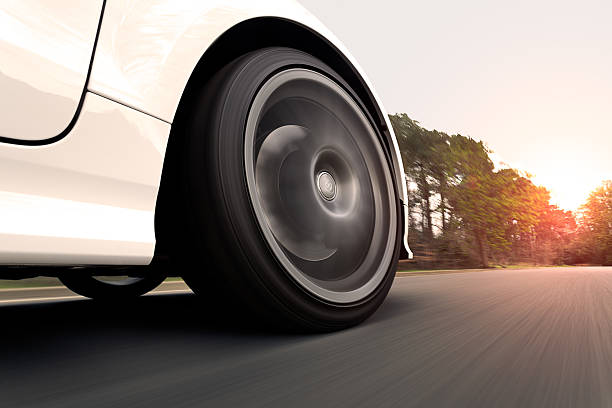The consequences of driving with low tyre pressure are unknown to many people. Even though most people are unaware of this, a car’s tires are its most crucial component, alongside air compressors for cars. Unless the entire tread faces damage and requires replacing, people don’t bother about the tires.
However, daily, there are several things you need to be aware of. The only barrier separating the vehicle from the road is the tire. Car accessories for modification should constantly be in top condition because that’s crucial. Numerous variables have tires as a direct relationship. Many frequently continue driving their cars after seeing the low tire pressure warning symbol.
Consequences of Driving with Low Tire Pressure
You can find tread pressure monitoring systems in contemporary automobiles. Thus, you can monitor the tire pressure continuously. When the driver notices that the tire is in working condition and the sign indicates low pressure, they ignore it. Avoiding severe errors is essential.
How to Handle a Low Tire Pressure Warning Light
Pay attention to the low tire pressure indicator. When it’s safe to do so, check the pressure in each tire. It is wise to fit all your tires and change the air pressure as necessary, even if your vehicle is modern and has a tire pressure warning system. The weather may also affect tire pressure. Tire pressure may gradually decrease in colder weather, so check it as you go through your maintenance checklist for all tires.
If the tire pressure drops even after you’ve inflated your tire, you may have a hole allowing air to escape. To have your tires inspected, schedule an appointment with a mechanic. You can patch the tire to fill the hole in the best-case situation, but new tires may be necessary.
The Negative Effects of Driving with Low Tyre Pressure
Fuel Inefficiency
Low tire pressure results in poor fuel economy. Low tire pressure results in more tire surface contacting the road, increasing drag and the amount of power the vehicle needs to move. Every additional 5 pounds per square inch (psi) of underinflated tires reduces gas mileage by 2%. The tire pressure of your fleet cars’ tires significantly impacts how fuel-efficient they are.
Driving with low tire pressure can boost acceleration, despite common misconceptions. On the other hand, low pressure can also increase other concerns, including faster tire deterioration.
Premature And Asymmetrical Wear
Driving with low tire pressure causes more tire surfaces to contact the road, which causes premature and unequal wear and tear. The additional road contacts heavily degrade the tire’s inner and outer shoulders, resulting in worn-out tread and inadequate tire traction. Uneven and premature tire wear necessitates regular maintenance, replacement, and repair.
Frequent Tire Failure
Driving with low tire pressure causes your vehicle’s tires to bear more weight and force, which shortens the wear more quickly than is typical. Tires with insufficient tread can cause a significant safety risk when driving on the road. Maintaining tires at their ideal air pressure will help the tread last longer and reduce the likelihood of a dangerous or uncomfortable flat tire.
Weakened Vehicle Handling
A tire’s sidewalls flex more than they should during handling when it lacks inflation, particularly when braking, turning, and steering. Low tire pressure lengthens the braking distance and impairs steering response.
This can be extremely risky in an emergency where every millisecond counts, and a vehicle’s response could be the difference between life and death. For instance, the risk of hydroplaning increases dramatically at lower speeds than it would with adequately inflated tires if your car has underinflated tires.
Tire Blowouts and Failure
The most dangerous risk connected to low tire pressure is a blowout. This can lead to the tire overheating and blowing out because more of the tire’s surface will be in contact with the road, warming up the rubber.
Unexpected tire blowouts result in the driver losing control of the car and often resulting in SUV rollovers or automobile collisions. Higher speeds increase the likelihood of blowouts, which makes them exceedingly risky and potentially fatal.
Use Other Methods Besides Tire Pressure Monitoring Systems
Vehicles have tire pressure monitoring systems to alert drivers of air leaks, but you shouldn’t rely primarily on them. You should regularly check your car for maintenance issues as a responsible driver. By conducting your inspections, you can identify and address problems before they become significant safety threats.
Ensure that your vehicle is receiving the right maintenance. Inspecting your tires for wear and balance when you change oil at a service would be best. When it comes to your car maintenance, don’t be hesitant to ask questions.
Endnote
To keep your vehicles and drivers safe, Carorbis online provides accurate counsel that can assist you with learning about driving with low tire pressure and other topics.

